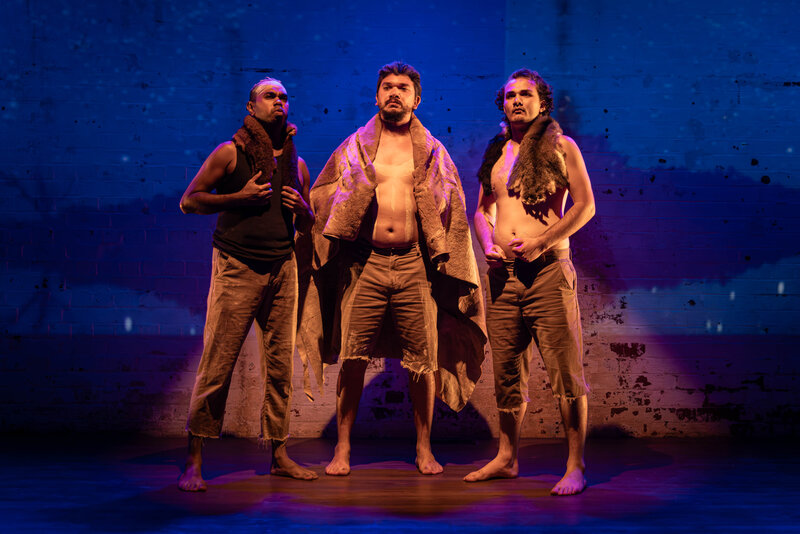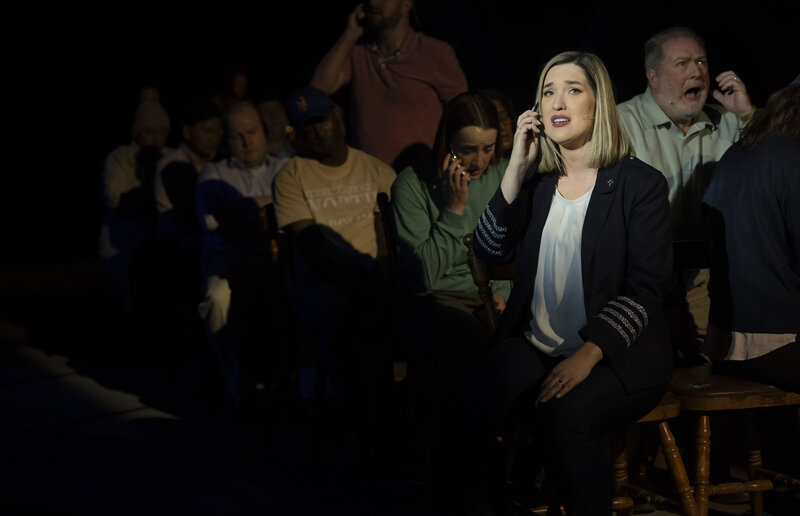Recently we saw Icelandic director Baltasar Kormakur’s Everest, a dramatic and at times thrilling recreation of the tragedy that struck a group of climbers on Mount Everest in 1996. That film was enough to put you off climbing mountains for ever! Now Australian director Jennifer Peedom (Miracle On Everest, and she worked as high altitude director on Everest: Beyond The Limits) gives us a powerful and provocative documentary that looks at a more recent tragedy that forever changed the region.
 Peedom has spent the better part of a decade in Nepal filming attempts to scale Mount Everest, and in that time she has gained a great appreciation of both the culture and beliefs of the native Sherpas. In 2014 she set out to make a film of the Everest climbing season, and in particular the record breaking climb of Sherpa guide Phurba Tashi, who was about to embark on his 22nd ascent. Instead, she was on the ground when a tragedy occurred that would change Everest forever. An avalanche killed 16 Sherpas, and Peedom was able to capture the political ramifications and fallout. It makes for some fascinating viewing and it also gives the film a sense of immediacy.
Peedom has spent the better part of a decade in Nepal filming attempts to scale Mount Everest, and in that time she has gained a great appreciation of both the culture and beliefs of the native Sherpas. In 2014 she set out to make a film of the Everest climbing season, and in particular the record breaking climb of Sherpa guide Phurba Tashi, who was about to embark on his 22nd ascent. Instead, she was on the ground when a tragedy occurred that would change Everest forever. An avalanche killed 16 Sherpas, and Peedom was able to capture the political ramifications and fallout. It makes for some fascinating viewing and it also gives the film a sense of immediacy.
Tensions have been simmering between the Sherpas and the tourists for over a year, but in 2013 climbers and Sherpas were trading insults and physical blows. This was most un-Sherpa like behaviour! The Sherpas have a great respect for the mountain but, given these tragic events, they feel that the mountain is growing angry. This is all part of the growing sense of resentment felt by the Sherpas, who feel that they are being exploited by the tourists who pay thousands of dollars to climb Everest and cross that particular challenge off their bucket list. The sherpas are paid a pittance, yet they are the ones who take the biggest risks in guiding the climbers to the top.
But following the avalanche, the Sherpas went on strike, which effectively closed down the 2014 climbing season. And the film documents the souring of attitudes between the sherpas and the tourists. We meet expedition leader Russell Brice who got caught in the middle of the clash between the sherpas and the climbers. He has suffered a couple of lean years, and admits that he is getting too old for the extraordinary demands of the mountain.
We also meet some of the Sherpas, including the charismatic Tashi himself, who talk about the spiritual connection they feel with the mountain they call Chomolungma. Peedom’s visit to Tashi’s home gives the material a more personal and intimate connection. There are also the children of Tenzing Norgay, who helped New Zealand climber Edmund Hillary reach the summit of Everest in 1953. They talk about the sense of injustice and lack of recognition that he received as a result of his achievements and contribution to history.
Peedom’s sympathies obviously lie with the Sherpas, the unsung heroes of the conquest of Everest, but she tries to remain balanced and objective throughout the film which explores a complex issue. She clearly essays the growing division between the Sherpas and their cultural sensitivity towards the mountain they regard as sacred and the commercial interests that are driving the tourist industry.
Peedom has accessed plenty of archival footage to put the history of Everest and the conquest of the mountain into context. Multiple cameras have caught the unfolding drama from different angles – ace high altitude cinematographers Renan Ozturk and Ken Sauls have shot many of the mountain climbing scenes, while Hugh Miller has provided most of the vision of the base camp. Peedom also taught a couple of Sherpas how to use Go-Pro cameras, and they capture some spectacular footage from their point of view, including the dramatic shots that open the film.
Visually Sherpa is quite stunning with some impressive footage of the natural vistas of the region and the poetic, majestic beauty of the snow covered peaks and it brings the mystical quality of the region to life. Peedom had shot some 400 hours of footage and working with editor Christian Gazal she edited it down to what we see here on the screen. She has shaped the narrative from the raw footage, and it makes the tourists look pretty bad as they appear unsympathetic to the concerns of the sherpas.
One of the producers of this documentary was John Smithson, who previously worked on Kevin MacDonald’s excellent Touching The Void, another fascinating film about endurance and the dangers of high altitude climbing. Sherpa ends with the ironic footnote that a massive earthquake that devastated the region in 2015 also closed down the climbing season.
Director: Jennifer Peedom
Release Date: 31 March (limited) and 7 April (wider) 2016
Rating: M – Mature themes and coarse language
Greg King

David Edwards is the former editor of The Blurb and a contributor on film and television




